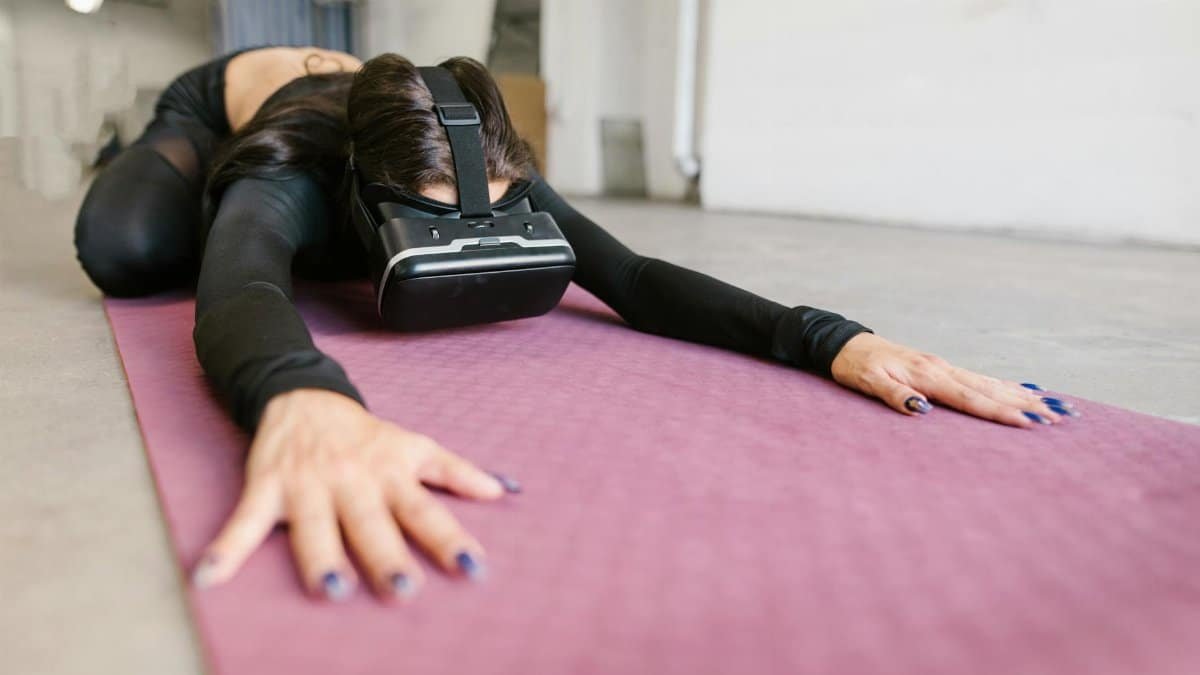Imagine a quiet room where the only sound is a soft, guiding voice, and the view isn’t a studio but a serene digital forest. This is the reality for a growing number of Americans turning to virtual reality, or VR, to manage joint pain through gentle movement. A emerging field of vr yin study—combining the slow, restorative poses of yin yoga with immersive headset technology—offers a surprising lifeline for those with limited mobility. For middle-aged adults, especially, who often grapple with stiffness or chronic discomfort, this blend of ancient practice and modern innovation feels like a quiet revolution. It’s not just about stretching; it’s about accessing a space where pain doesn’t dictate the day. As research begins to catch up with user experiences, the question looms: could this be a scalable solution for an aging population seeking relief without strain?
The Roots of Yin Yoga Meet Virtual Reality
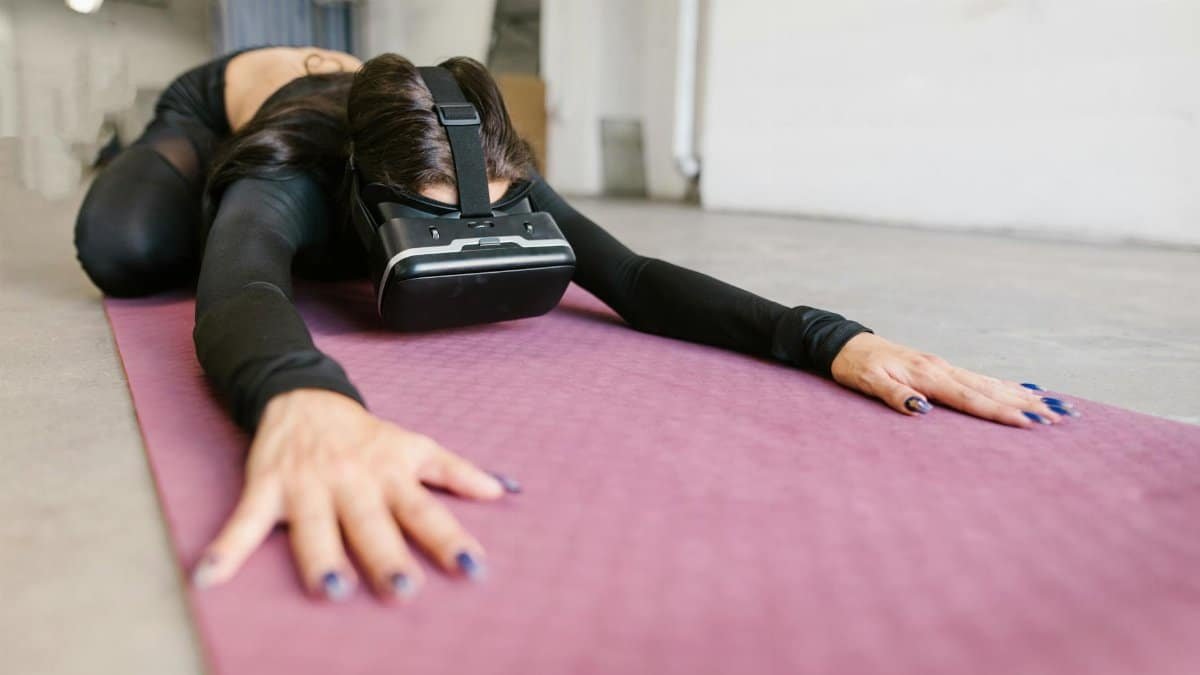
Yin yoga, with its focus on long-held, passive poses, has long been a refuge for those seeking to release deep tension. Unlike more dynamic styles, it targets connective tissues—ligaments, tendons, and fascia—making it ideal for joint health. Now, pair that with VR headsets, and suddenly a person with arthritis or post-injury stiffness can “step” into a calming landscape without leaving their living room. The technology overlays soothing visuals—think cascading waterfalls or misty mountains—while an instructor’s voice guides them through poses. Early adopters describe a dual benefit: the immersive environment distracts from discomfort, and the slow movements ease physical tightness. It’s a marriage of mindfulness and tech that feels tailored to those who might otherwise shy away from traditional yoga studios due to mobility challenges or self-consciousness.
Emerging Research on VR for Pain Management
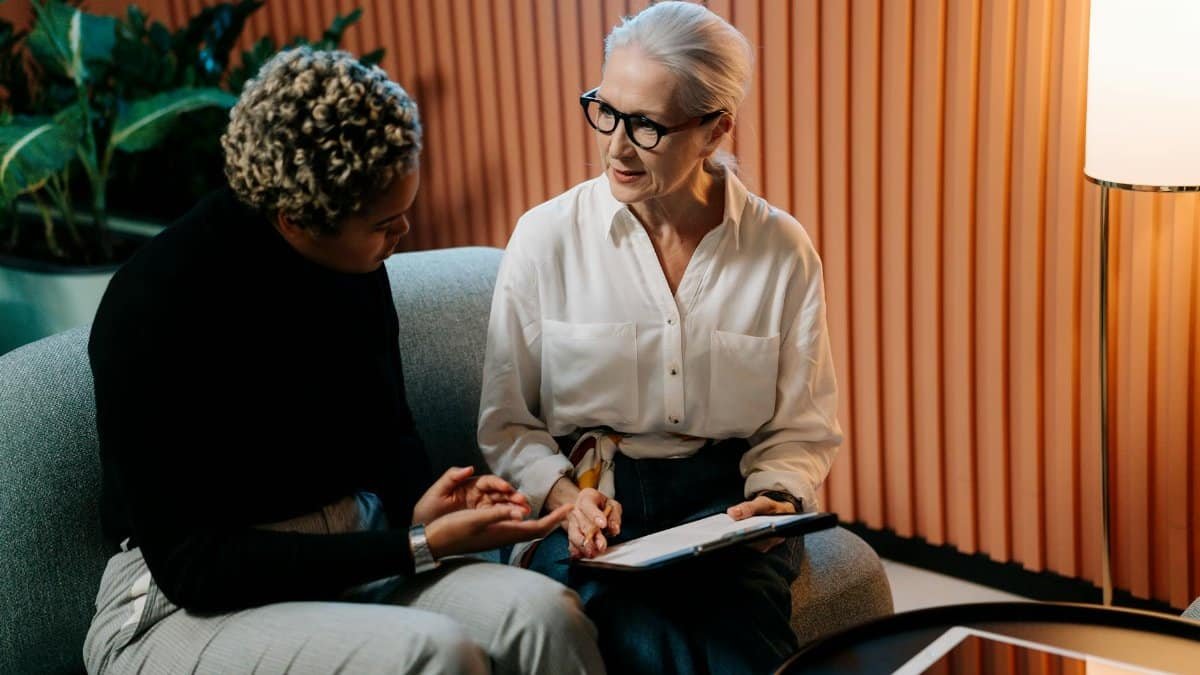
The science behind vr yin study is still in its infancy, but initial findings are promising. A 2023 study from Stanford University’s Virtual Human Interaction Lab found that VR-based mindfulness interventions reduced perceived pain by up to 30% in participants with chronic conditions.Stanford VHIL Research suggests immersion can alter pain perception by engaging the brain differently. Another small trial, published in the Journal of Medical Internet Research, noted that VR yoga participants reported improved joint flexibility after eight weeks.JMIR Publications hosts related studies on digital health interventions. These early results hint at VR’s potential to reframe how we approach physical limitations, though researchers caution that larger, long-term studies are needed to confirm benefits and assess risks like motion sickness.
Who Benefits Most from VR Yin Practices?
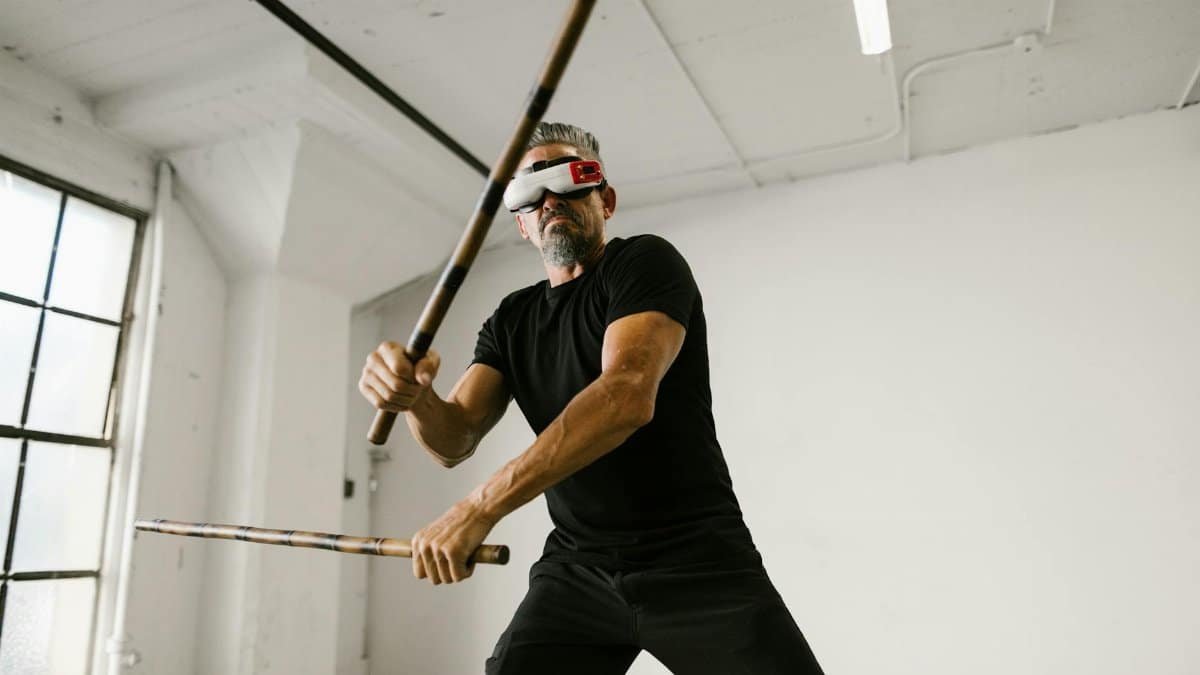
Not everyone with joint pain can—or wants to—navigate a crowded gym or yoga studio. For middle-aged adults, particularly those in their 40s and 50s dealing with osteoarthritis or recovery from injuries, VR yin offers a private, low-impact alternative. Picture a 52-year-old woman in Ohio, unable to drive to a class due to knee pain, slipping on a headset and finding herself “seated” on a virtual lakeside mat. She holds a pigeon pose for three minutes, breathing deeply as the digital water laps nearby, feeling her hip joint loosen without fear of falling. This demographic often faces a double bind: a need for movement to manage pain, but barriers like accessibility or embarrassment. VR yin study seems to bridge that gap, offering both physical relief and a psychological escape.
Accessibility and Cost as Real Barriers
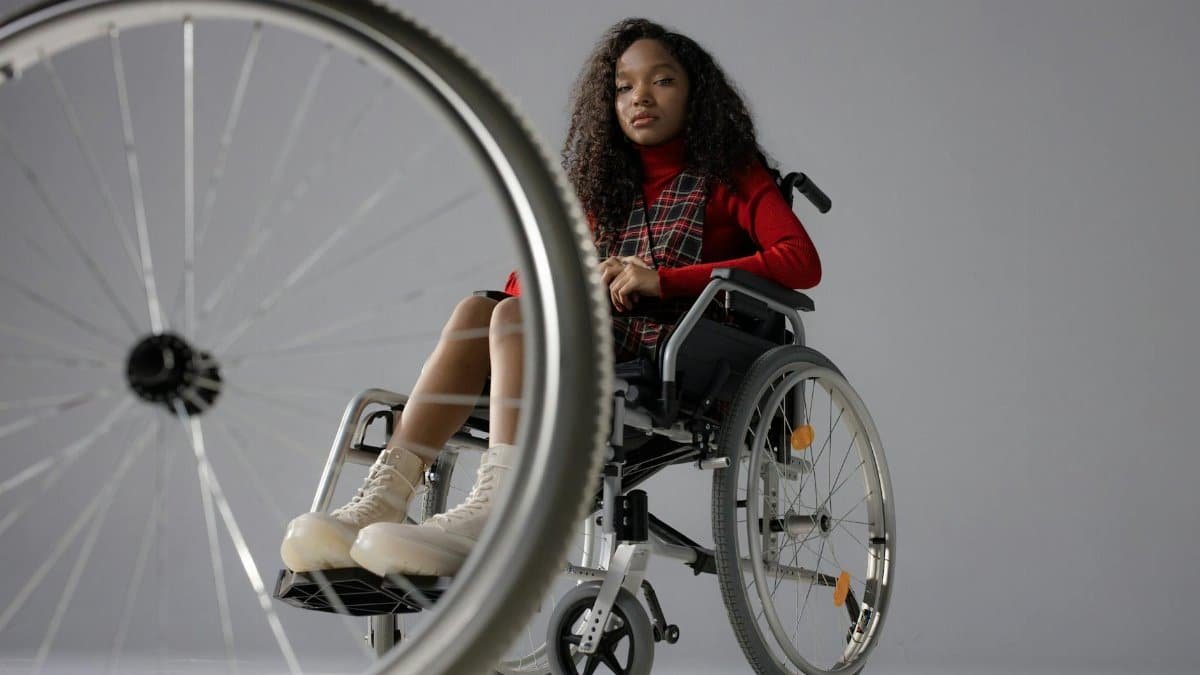
Let’s not gloss over the hurdles. VR headsets aren’t cheap—entry-level models like the Meta Quest start at around $300, and that’s before factoring in subscription fees for guided yin programs, which can run $10 to $20 monthly. For many Americans on fixed incomes, especially retirees with joint issues, this price tag is a non-starter. Community centers or libraries could theoretically offer shared devices, but privacy concerns and hygiene issues complicate that idea. On the flip side, compared to ongoing physical therapy or pain medication costs, some argue it’s a worthwhile investment. A report from the National Institute on Aging highlights that chronic pain affects over 50 million U.S. adults, underscoring the urgent need for affordable solutions.NIA Pain Management Resources provides context on the scale of this issue.
The Emotional Layer of Immersive Healing

Beyond the physical, there’s an emotional resonance to VR yin that keeps users coming back. One anonymous account shared in online discussions described the experience as “like meditating in a place I could never actually go.” The ability to escape to a digital sanctuary—whether a beach at sunset or a quiet temple—seems to amplify the meditative aspect of yin yoga, which emphasizes stillness and introspection. For someone whose world has shrunk due to pain, that sense of expansive possibility can be transformative. It’s not just about loosening a stiff shoulder; it’s about reclaiming a piece of agency. As mental health challenges often accompany chronic pain, this emotional lift could be as critical as the physical benefits, though studies are still needed to quantify such impacts.
Potential Risks and What to Watch For

VR yin study isn’t without drawbacks. Motion sickness remains a common complaint, especially for new users unaccustomed to immersive environments. A 2022 analysis by the University of Southern California’s Institute for Creative Technologies noted that up to 20% of VR users experience nausea or dizziness during extended sessions.USC ICT Research explores VR’s physiological effects in detail. There’s also the risk of over-reliance on technology for wellness, potentially sidelining in-person therapies or community support. And for those with severe joint issues, even gentle poses can strain if not properly guided—virtual instructors can’t adjust your form in real time like a live teacher can. Caution and consultation with a healthcare provider remain essential before starting.
How to Get Started with VR Yin Yoga
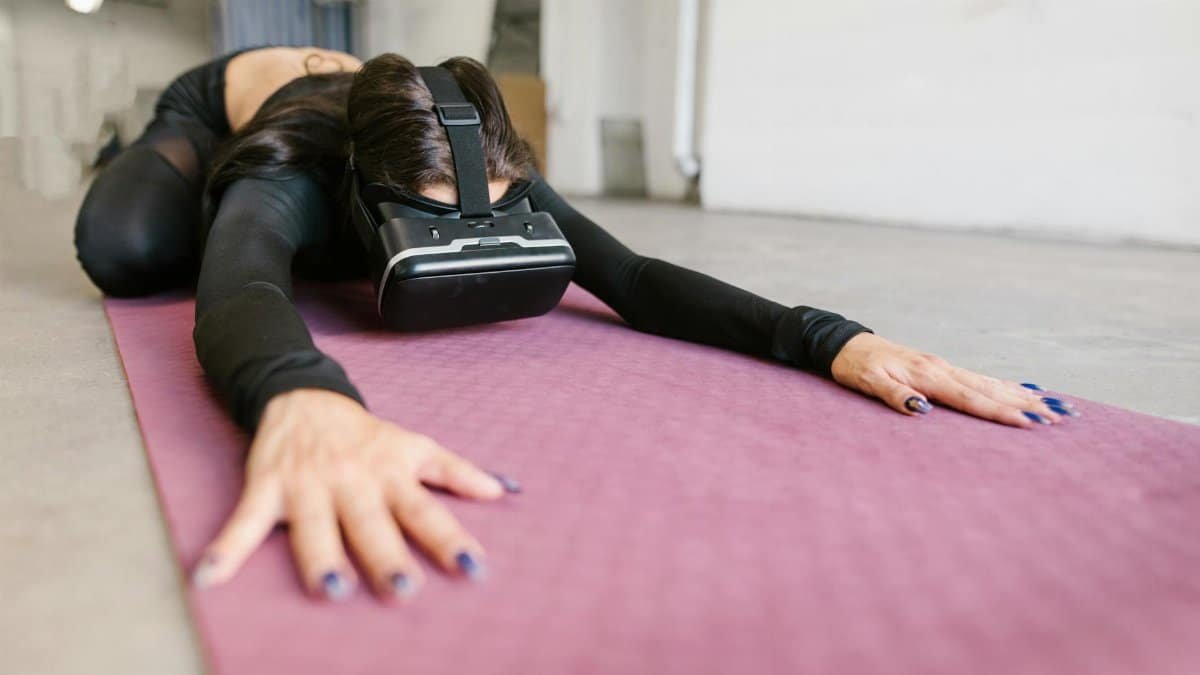
Curious to try it? First, research headsets that fit your budget and comfort needs—look for lightweight models with adjustable straps to avoid neck strain. Apps like Supernatural or Tripp offer VR yoga and mindfulness sessions, often with free trials. Start with short, 10-minute yin sequences to gauge how your body and mind respond. A quiet, uncluttered space at home is key; you don’t want to trip over a coffee table while “wandering” a virtual meadow. If possible, consult a doctor or physical therapist to ensure the poses match your mobility level. For many, the learning curve is steep but short—within a few sessions, the tech fades into the background, and the focus shifts to breath and release.
A Broader Shift in Wellness Tech
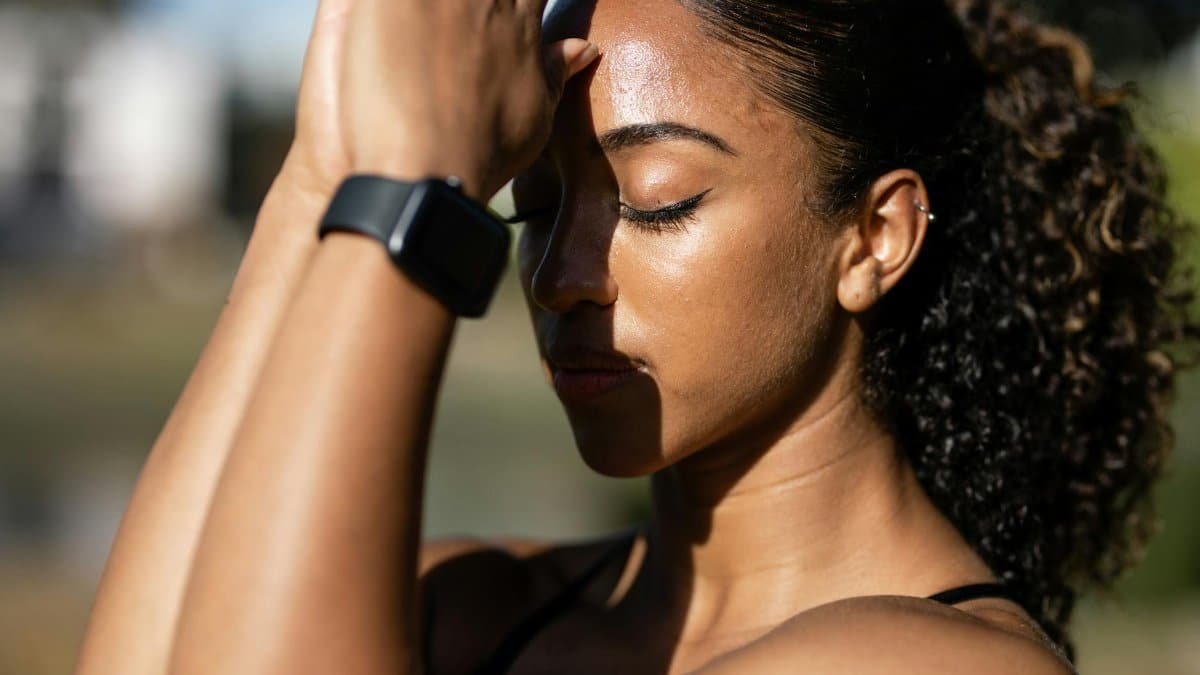
VR yin study sits at the intersection of a larger trend: technology’s growing role in personal health. Wearables track our steps, apps monitor our sleep, and now headsets guide our stretches. In 2025, as VR hardware becomes more affordable and software more sophisticated, expect to see wider adoption among those sidelined by traditional exercise. Yet, there’s a lingering question of balance—how much should we lean on screens for well-being before it feels like disconnection rather than relief? The answer isn’t clear, but for now, the sight of someone in their living room, headset on, slowly easing into a dragon pose under a virtual sky, speaks to a kind of quiet hope. It’s a reminder that innovation, at its best, can meet us exactly where we ache.
